1. Sitting Too Close to the TV Would Ruin Your Eyes
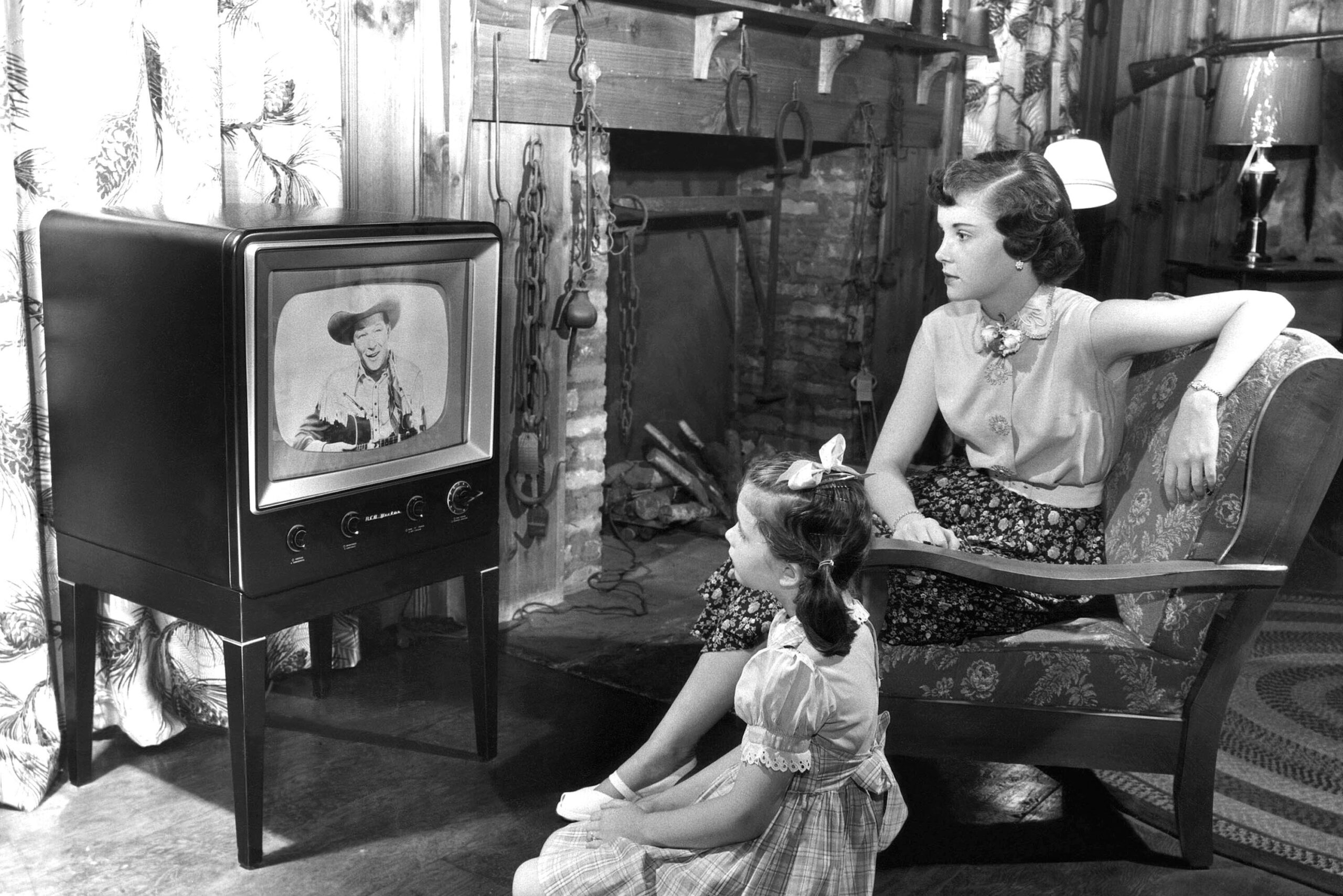
If you grew up in the ’50s, chances are your parents warned you not to sit too close to the television, claiming it would damage your eyesight. While it’s true that early TVs emitted more radiation than today’s models, there was never any real evidence that being up close would make you go blind. This warning may have stemmed from old myths about screen strain or simply been a way for parents to get their kids to back up and give others a chance to watch. In reality, kids often sit closer to the screen because they’re more nearsighted, not because the TV caused it shares Yahoo.
Nowadays, we know that excessive screen time can lead to eye strain and fatigue, but it won’t permanently ruin your vision. Kids today practically glue themselves to tablets and smartphones, yet they don’t seem any worse off than the rest of us. Ironically, those same parents who warned against TVs are now the ones scrolling through their phones all day adds the New York Times. Maybe they just wanted some peace and quiet!
2. Cracking Your Knuckles Would Give You Arthritis
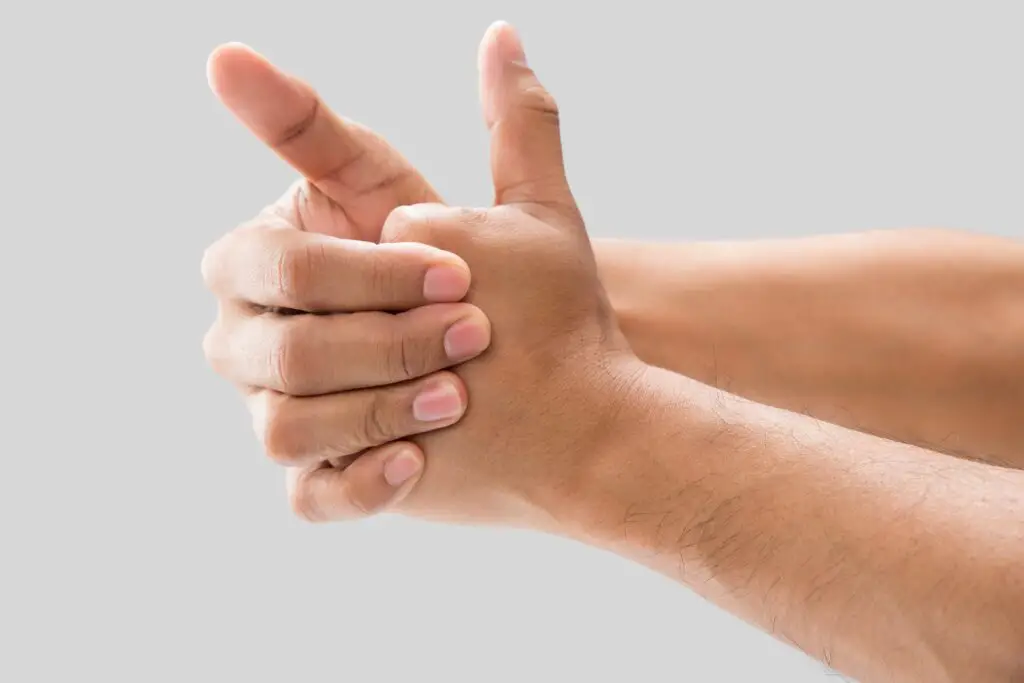
Everyone knew that one kid who couldn’t stop cracking their knuckles, much to the horror of parents and teachers. They were always warned that if they kept it up, they’d end up with arthritis in old age. But science has since debunked this one—cracking your knuckles is just releasing gas bubbles in the joints, and it has no link to arthritis. The worst it might do is annoy the people around you shares the Washington Post.
Some studies have even shown that knuckle cracking might help keep joints mobile, though it’s not necessarily a good habit. One doctor famously cracked the knuckles on only one hand for decades just to prove it didn’t cause arthritis—and he never developed it. So while it might drive your parents crazy, at least you can rest easy knowing your fingers won’t stiffen up from it. That said, you still might want to keep it to yourself in quiet rooms shares National Geographic.
3. Swallowed Gum Stays in Your Stomach for Seven Years

Spit it out! That was the constant refrain every time a kid even thought about swallowing their gum. Parents warned that it would sit in your stomach for seven whole years, refusing to break down like a piece of rubber cement. The truth? While gum isn’t exactly digestible, it doesn’t just camp out in your stomach for years on end. Your body moves it along like any other non-digestible food, and it passes through within a few days.
This myth likely started as a way to discourage kids from making a habit of swallowing gum. After all, if you ate enough of it at once, it could cause a blockage, but that’s pretty rare. The real danger of gum was stepping in it after someone spit it out on the sidewalk! So while it’s better to toss your gum in the trash, you won’t have a seven-year stomach souvenir if you accidentally swallow it.
4. Swimming Right After Eating Would Cause Cramps and Drowning

One of the biggest summer-time warnings was that if you swam too soon after eating, you’d get a cramp and sink like a rock. Parents insisted on a strict waiting period, usually around 30 minutes to an hour, to avoid an aquatic catastrophe. But there’s no actual evidence that eating and swimming are a dangerous combination. While digestion does redirect some blood flow to your stomach, it’s not enough to make your limbs stop working.
The worst that could happen is mild discomfort if you overeat before doing vigorous exercise. In reality, most kids were so eager to get back in the water that they wouldn’t have cared either way. These days, lifeguards don’t even bother enforcing that old “no swimming after eating” rule. The real hazard was probably running too fast on the pool deck and wiping out!
5. Bats Would Get Tangled in Your Hair
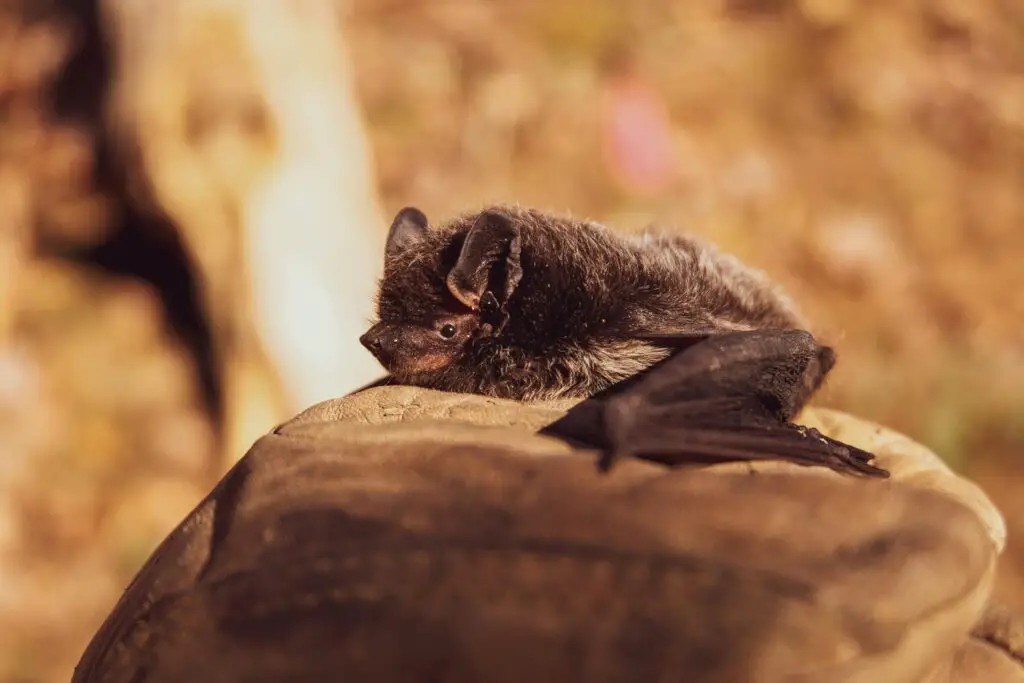
A nighttime walk could turn into a horror scene when a bat swooped down from nowhere. Kids were told to duck and run because if a bat got too close, it would surely get tangled in their hair. The idea of a bat gripping onto someone’s head and refusing to let go was enough to send anyone into a panic. But in reality, bats have excellent echolocation and are far too skilled at navigating to randomly crash into people.
This myth may have started because bats sometimes dart low when chasing insects, making it seem like they’re coming right at you. In truth, they want nothing to do with your head and will quickly change course. The real danger of bats wasn’t getting stuck in your hair—it was the slim chance of rabies from handling one. But that didn’t stop generations of kids from shrieking every time they saw one flutter by.
6. If You Made a Face Too Long, It Would Get Stuck That Way

Pulling a funny face at your sibling was all fun and games until your mom warned you that it might stay that way forever. The idea that one unfortunate facial expression could freeze permanently was enough to make any kid reconsider their choices. This warning was likely just an easy way for parents to put an end to silly antics. Muscles don’t work like that, though, and no amount of goofy grimaces will lock your face in place.
If anything, making faces exercises facial muscles, which might even be beneficial! The only real risk is temporary soreness or, at worst, developing wrinkles from repeated expressions. As kids, we worried about ending up stuck in a state of surprise or frowniness, but in adulthood, we know better. Ironically, those same parents probably ended up with permanent frown lines from worrying so much.
7. Spiders Crawl in Your Mouth While You Sleep
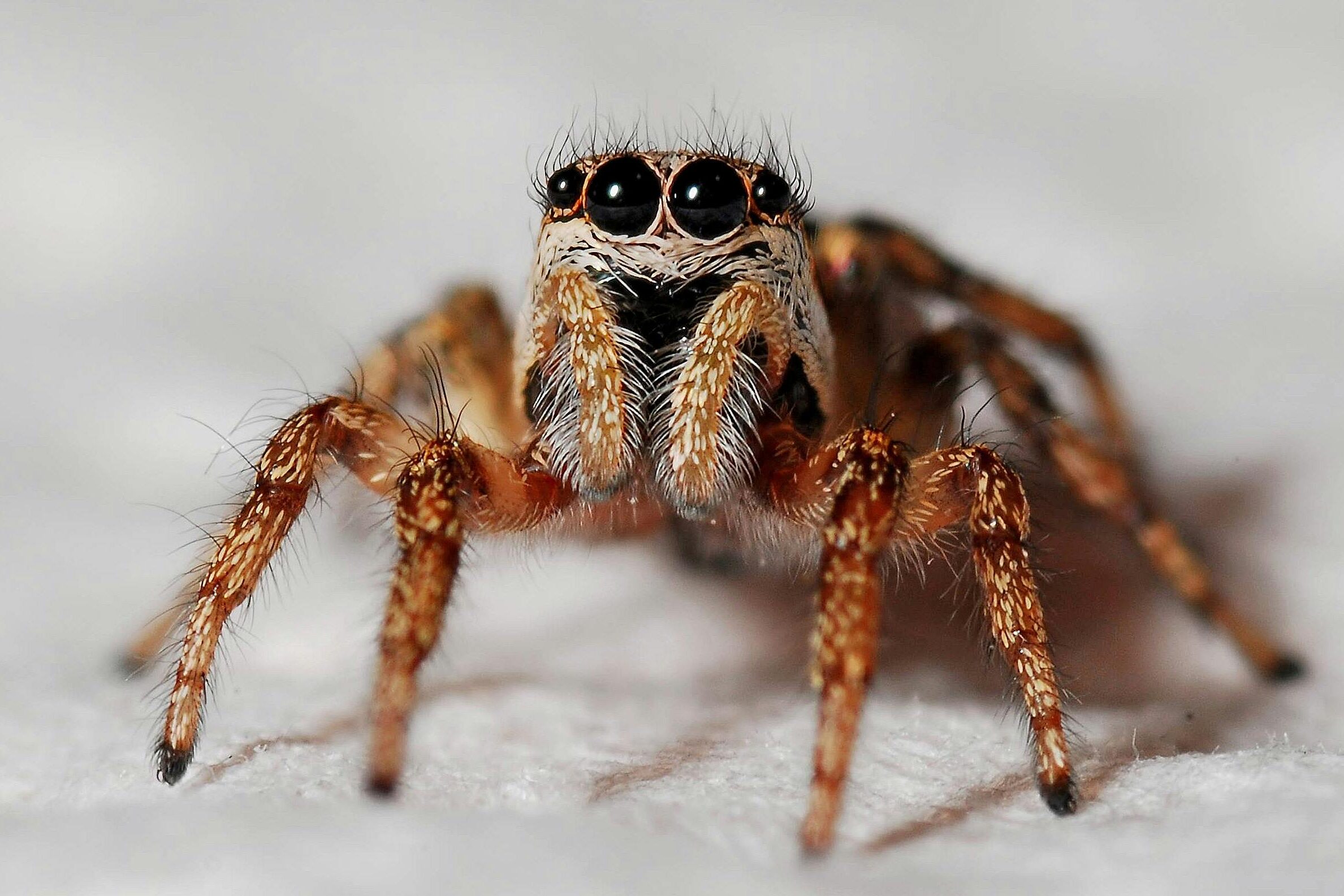
The idea that we swallow eight spiders a year in our sleep was enough to make any kid afraid to go to bed. Parents and older siblings repeated it as a terrifying fact, and it didn’t help that most people had no way of proving otherwise. But scientists have assured us that spiders have no interest in crawling into human mouths. Between our breathing, movements, and the warmth of our breath, they’d much rather stay far away.
The myth likely started as an exaggerated tale to spook kids or make them keep their mouths shut at night. While spiders do sometimes end up in unexpected places, they don’t have a secret mission to crawl inside sleeping people. If you ever woke up with a tickle in your throat, it was probably just dry air, not a sneaky spider. But that didn’t stop us from sleeping with the covers over our heads just in case!
8. Eating Carrots Would Give You Night Vision
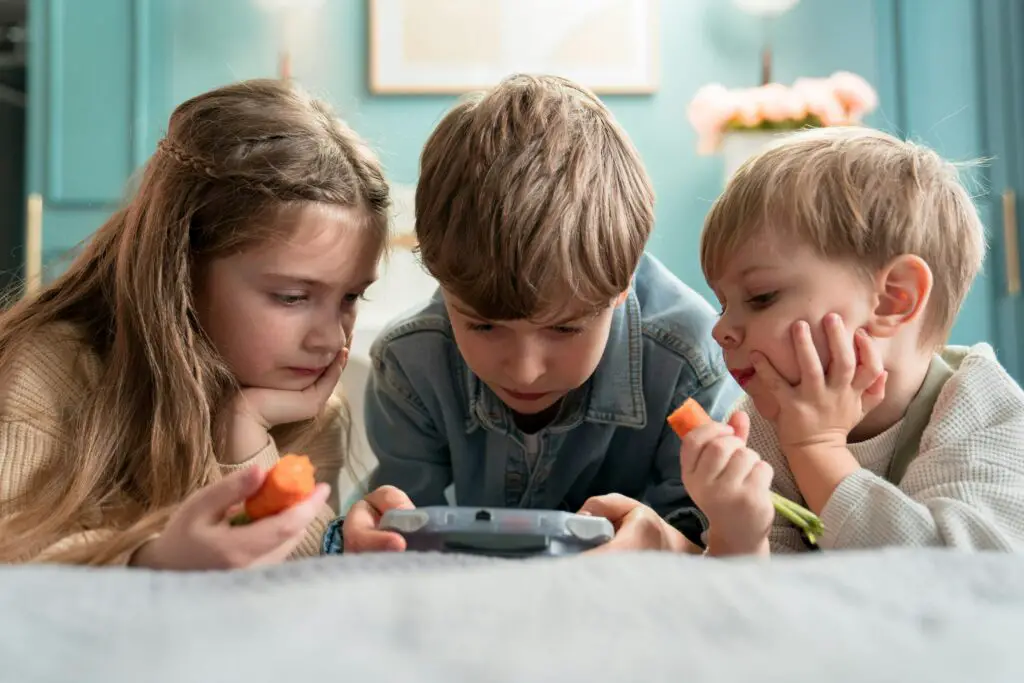
Parents always had a trick to get kids to eat their vegetables, and one of the most common was the promise of super-powered eyesight. If you ate enough carrots, they claimed, you’d be able to see in the dark like a cat. While carrots do contain vitamin A, which is essential for eye health, they don’t grant you night vision. This myth actually originated during World War II, when the British spread false claims about their pilots eating carrots to explain their night-flying success.
The real reason was radar technology, but the carrot story stuck around. While eating carrots won’t hurt, it won’t suddenly let you navigate a pitch-black room with ease. If that were true, every kid forced to finish their veggies would have been a nighttime superhero. But at least it made dinner a little more interesting!
9. Lightning Would Strike If You Used the Phone in a Storm

Whenever a thunderstorm rolled in, parents rushed to unplug everything and warned kids to stay far away from the telephone. The fear was that a lightning strike could travel through the phone lines and zap whoever was unlucky enough to be talking at the time. While this was actually possible with older landlines, the risk was incredibly rare. Most of the time, this warning was just a way to keep kids from tying up the phone line when parents wanted to use it.
These days, with cell phones and wireless technology, the concern is almost nonexistent. The real danger during storms is being outside or near tall objects, not chatting on the phone. But that didn’t stop ’50s kids from picturing themselves getting electrocuted mid-conversation. Some probably even used it as an excuse to get off a boring call!
10. Playing with Fire Would Make You Wet the Bed

This was one of the weirder warnings, but plenty of kids heard it from their parents or grandparents. If you played with matches or got too close to a fire, you were doomed to wake up to an embarrassing surprise in the morning. There was never any scientific basis for this, but it was an effective way to keep kids from playing with something dangerous. Fire was a serious hazard, and adults likely figured any deterrent was a good one.
Of course, kids who did sneak a peek at the flames before bed quickly realized nothing happened. The myth likely persisted because, well, kids wet the bed sometimes anyway, and it was easy to blame the fire. The real lesson here wasn’t about bedtime accidents but about fire safety. Still, it’s a mystery how parents ever connected those two things in the first place.
11. If You Crossed Your Eyes, They Could Get Stuck That Way

Much like the warning about making silly faces, crossing your eyes was a surefire way to “ruin” them forever—at least according to concerned adults. Parents warned kids that if they kept doing it, their eyes might never uncross, leaving them permanently looking goofy. The truth is, while prolonged strain can make your eye muscles tired, they’ll always return to normal once you relax. No one has ever gotten stuck that way, no matter how determined they were.
This myth probably started as an easy way to stop kids from distracting each other in school or annoying their parents at dinner. In reality, some eye exercises even involve temporarily crossing your eyes to strengthen certain muscles. So if anything, those kids were just giving their vision a little extra workout. But that didn’t stop them from momentarily panicking after holding a cross-eyed stare for too long!
12. Chocolate Causes Terrible Acne

If you ever had a breakout as a teen, chances are your parents blamed all the chocolate you’d been sneaking. The idea that chocolate, especially the sweet, milk-based kind, caused acne was repeated over and over. But modern dermatologists have found little evidence to support this claim. Acne is mainly influenced by hormones, genetics, and skin care habits, not just what you eat.
Of course, a diet full of sugary junk food isn’t great for your skin, but chocolate itself isn’t the villain it was made out to be. Some studies even suggest that dark chocolate might have health benefits. But back in the day, parents likely used this myth to discourage too many sweets. That didn’t stop kids from indulging—it just made them feel a little guilty while doing it!
13. Touching a Toad Would Give You Warts
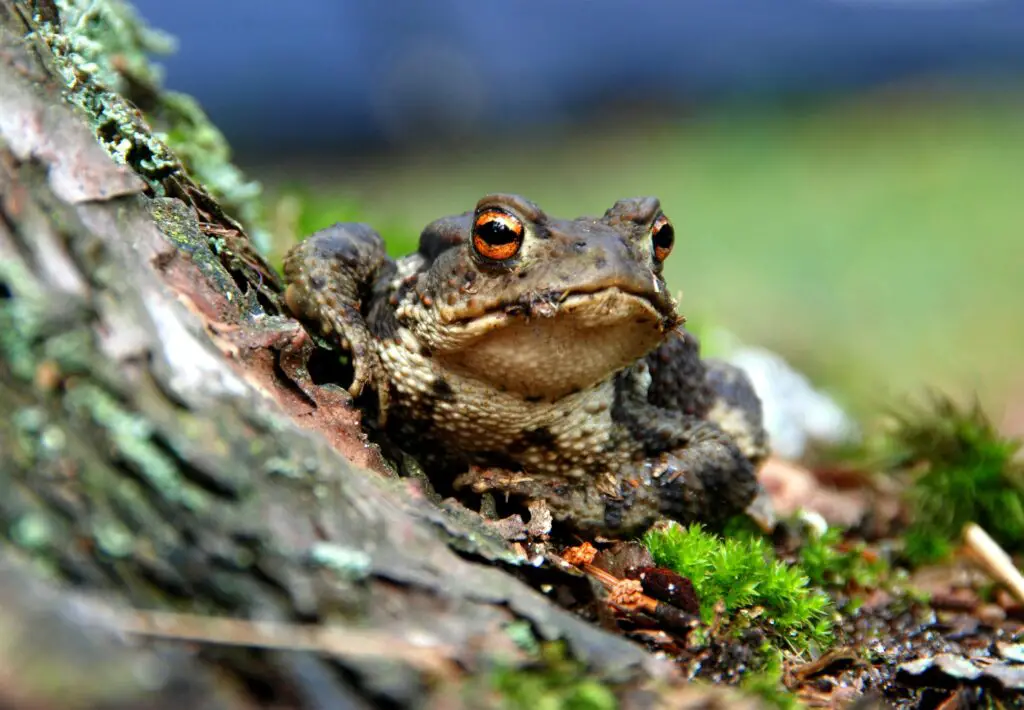
Every kid who ever picked up a toad was met with a horrified adult yelling, “Put that down, or you’ll get warts!” This warning was widespread, and for a good reason—wart-covered toads looked suspiciously like they carried something contagious. In reality, toad bumps are just glands that help protect them from predators, and they have nothing to do with human warts. Warts actually come from a virus that spreads between people, not from amphibians hopping around in the yard.
Still, this myth was enough to make some kids think twice about handling a toad. Others, of course, picked them up anyway just to test the theory, only to find their hands as smooth as ever. The real reason parents didn’t want kids handling toads probably had more to do with hygiene than anything else. But let’s be honest—most kids weren’t listening to that part of the warning!
14. If You Swallowed a Watermelon Seed, One Would Grow in Your Stomach
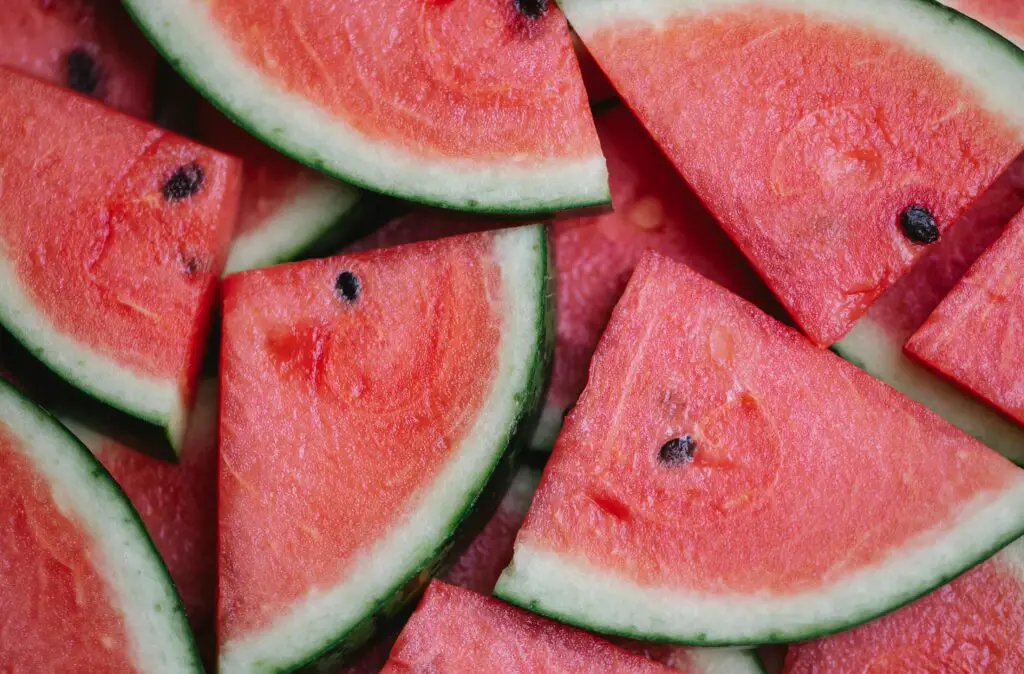
Every picnic came with the same terrifying warning: don’t swallow a watermelon seed, or you’ll have a vine growing inside you. The idea of a watermelon sprouting in someone’s stomach was enough to send kids into a panic. In reality, stomach acid breaks down seeds just like any other food, and even if one made it through, it wouldn’t have the right conditions to grow. But that didn’t stop kids from spitting out every last seed just in case.
Parents probably pushed this story to keep kids from eating too many seeds at once, even though they’re perfectly harmless. In fact, watermelon seeds are actually nutritious, but no one back then wanted to take any chances. The myth was good for a laugh once kids realized they weren’t turning into human gardens. But for a while, many kids probably kept a close eye on their stomachs, waiting for the first sign of vines!
